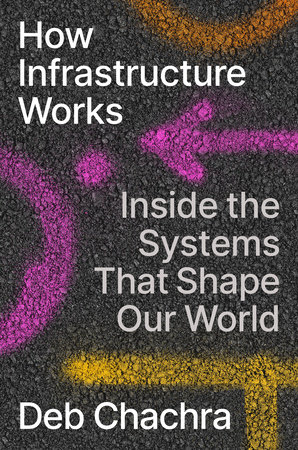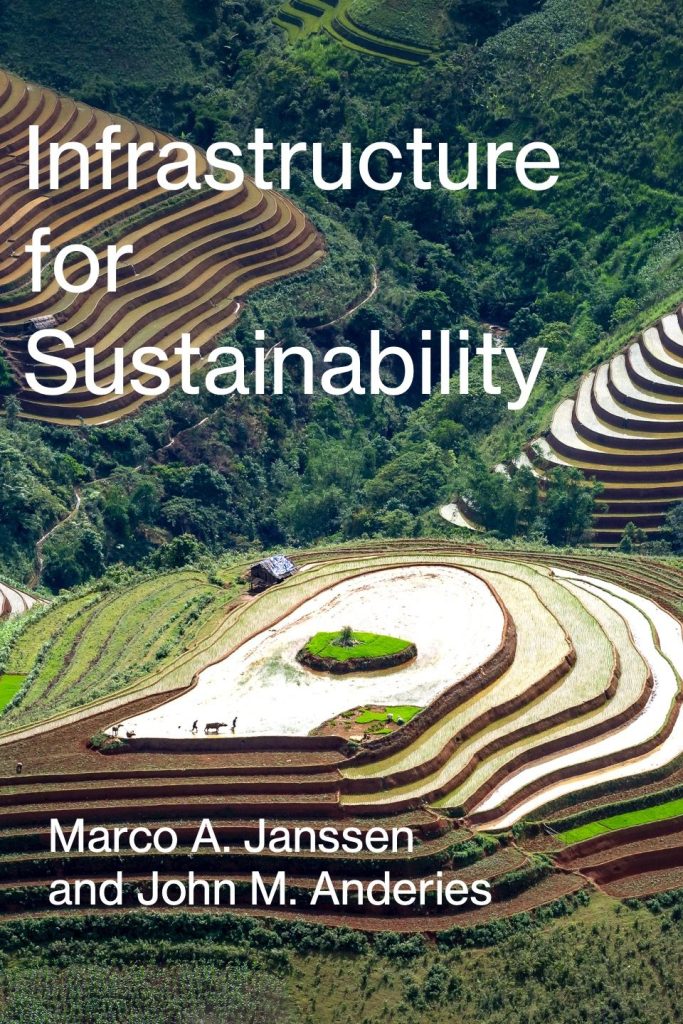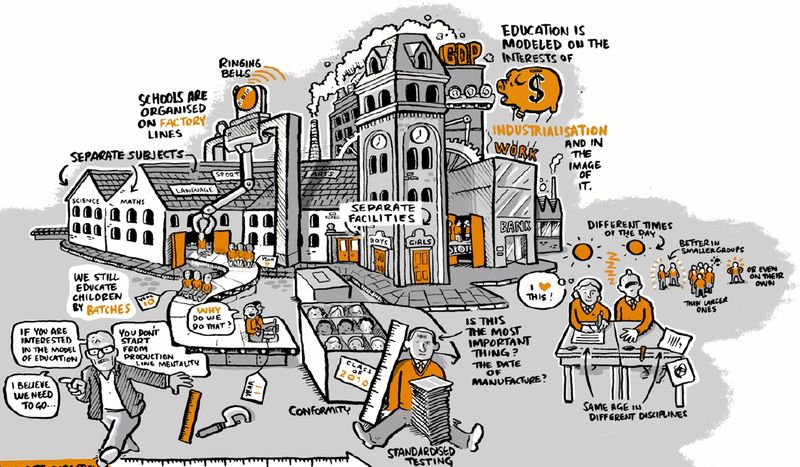Human waste is both a valuable resource, e.g. fertilizer, and a pollutant e.g. spreading diseases. A recent fascinating book by Lina Zeldovich, discusses the history and current development of human waste infrastructure. Hunter-gatherers had a natural disgust for human waste, did not like the smell, did their necessities outside the campsite, covered it, and moved around the camp regularly to avoid any problems human waste could cause. When humans started aggregating in higher densities, a more elaborate system of recycling night soil was established in various locations. In Edo, the precursor of Tokyo, an elaborate poop economy was created to harvest the productive night soil to fertilize the nearby farmland. When a person was visiting another household, the person likely ran back home if (s)he felt an urge for a number 2. Leaving a dropping at another household was considered a gift. The benefits of recycling night soil worked well in Edo since Japanese had (and have) a strong culture of hygiene, they cooked their vegetables, had a sophisticated composting system, and heated their water to drink tea. This avoided – without their knowledge – the problem of spreading germs. In Europe, urbanization has increased the distance between farmers and producers of human waste. This has reduced the economic viability of the reuse of human waste as fertilizers. Europeans started using water to dispose of human waste, leading for example to the Great Stink in London in 1858 due to a large volume of untreated human waste and warm weather. The discovery of the germ theory disease and the availability of cheap germ-free fertilizer alternatives (first guano, then artificial fertilizers) made the reuse of human waste less desirable.
If we focus on the current situation, about 25% of the human population has no proper sanitation facilities (https://www.who.int/news-room/fact-sheets/detail/sanitation), causing the spread of diseases. Providing them with a Western approach of human waste disposal is neither desirable nor sustainable. Human waste has a lot of potential to be reused for fertilizers and energy creation. The water intensive Western approach to human waste disposal is not an option with the availability of freshwater decreasing around the world. In 2011, the Gates foundation started an initiative in to reinvent the toilet. There are many new approaches being explored to reduce water use and collect human waste at scale in a way that provides good jobs (instead of suppressing lower casts to do dangerous and “shitty” work). See, for example, the various examples from container-based sanitation: that lead to reuse for fertilization and energy production.
Although sanitation might not be a typical dinner conversation, where the dinner ends up is a key issue for humanity that needs to become less wasteful. Changing this will require not only technical innovation but also changes in norms and perceptions of where the dinner ends up is a key issue for humanity that needs to become less wasteful. Perhaps not calling it human waste anymore might be a start.









